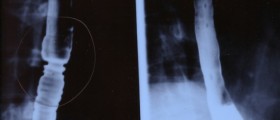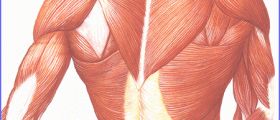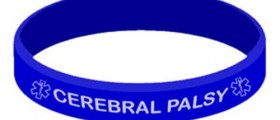
Muscle cramps are involuntary contractions of one or more muscles. Muscles that can be moved voluntarily, such as those in arms and legs, contract and relax during movement. If a muscle or even a few of its fibers contract involuntarily, it is called a spasm. A spasm that is sustained and forceful is called cramp.
Cramps can affect any muscle or muscle group in the body, but they are particularly common in legs. There are four basic types of muscle cramps: true cramps, tetany, contractures and dystony cramps.
Causes of true cramps in legs
True cramps are cramps that affect a muscle or a group of muscles that act together, for example muscles that flex adjacent fingers. This is by far the most common type of cramps that affect skeletal muscles. True cramps can occur for a number of reasons, injury being a common one. Injury to the muscle may cause contractions and bone injury also often leads to cramps, as a protective mechanism that minimizes movement and stabilizes the area of the injury.
Overuse of certain muscles and vigorous physical activity often cause muscle cramps in legs. This is commonly seen in athletes and people who work out a lot.
Dehydration also causes muscle cramps in legs. It may result from inadequate fluid intake, use of diuretics and excessive sweating.
Another potential cause of muscle cramps in legs is calcium or magnesium deficiency, because it causes instability of nerve endings and muscles they control.
Causes of tetanic cramps
Tetany is a condition in which all nerve cells in the body are activated, stimulating the muscles and causing spasms. Tetany is believed result from low magnesium and calcium levels in blood. It is sometimes hard to distinguish tetany cramps from true cramps, especially because other manifestations of this condition, such as tingling, numbness and other sensation it causes are often masked by the pain caused by muscle contractions.
Causes of contractures
Contractures are muscle spasms that last longer than regular muscle cramps. Constant spasms are caused by low levels of adenosine triphosphate, an energy chemical in cells. Contractures can result from several diseases or conditions, which can be inherited, such as McArdle’s disease, or acquired, like hyperthyroid myopathy.
Causes of dystonic cramps
Dystonic cramps are cramps in which muscles that are not required for an intended movement are stimulated to contract. These cramps rarely involve legs and they are more associated with small muscle groups, such as eyelids, law, larynx, or muscles that are used for repetitive movement, such as typing, playing an instrument, writing and similar.















-Causes,-Symptoms,-Diagnosis,-Treatment_f_280x120.jpg)

Your thoughts on this
Loading...